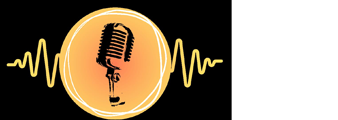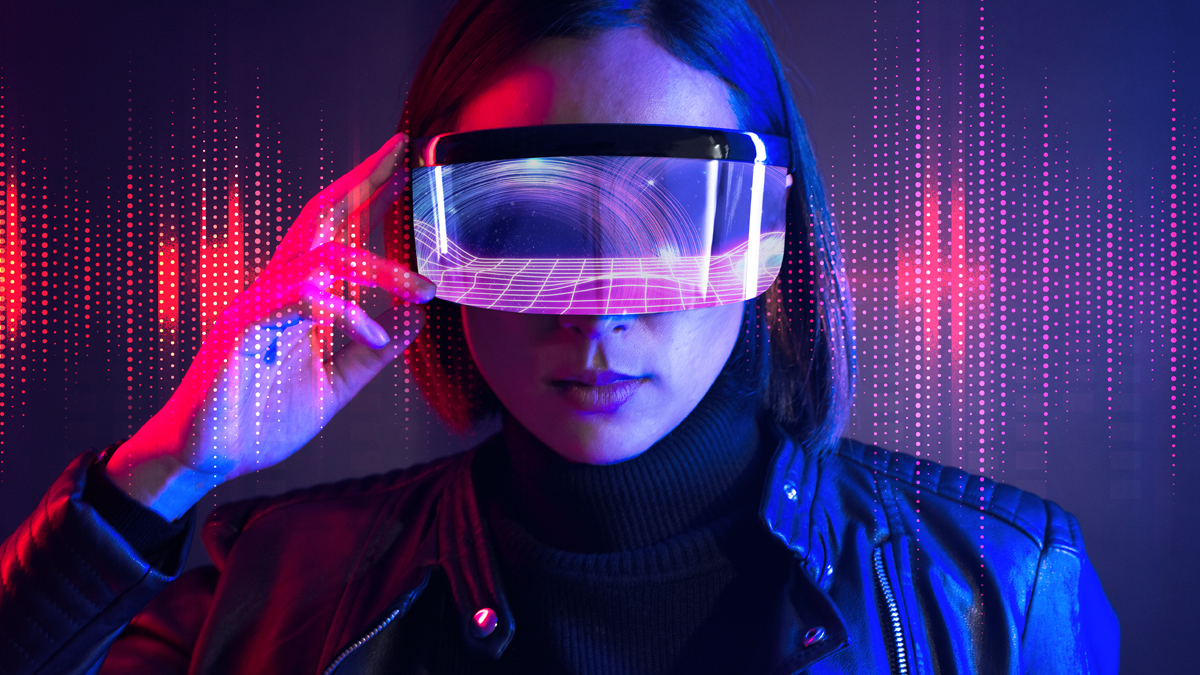Integrating Augmented Reality in Music Notation Software offers transformative ways to interact with scores and sound. This innovative approach blends digital enhancements with traditional musical notation, empowering composers, performers, and educators. By merging visualization with interactivity, the solution redefines how music is read, created, and taught, promising heightened engagement and deeper understanding of musical structures.
| Table of Contents | |
|---|---|
| I. | Enhanced Visualization of Musical Structures |
| II. | Interactive and Real-Time Annotation |
| III. | Gesture-Based and Voice-Controlled Navigation |
| IV. | 3D Spatial Audio Representation |
| V. | Adaptive Notation and Dynamic Score Rendering |
| VI. | Integration with Digital Audio Workstations (DAWs) and Other Music Technologies |
| VII. | Augmented Composition and Creative Exploration |
| VIII. | Immersive Educational Environments |
| IX. | Collaborative and Remote Music Composition |
| X. | Machine Learning and Data-Driven Insights |
| XI. | Security, IP Protection, and Ethical Considerations |
Enhanced Visualization of Musical Structures
AR technology enhances score readability by overlaying digital cues on traditional notation. Designers create vivid, dynamic representations of rhythm, harmony, and structure, which help users perceive music in layered, intuitive forms. Subtle visual enhancements clarify complex passages, ensuring that even intricate pieces are easier to interpret.
Interactive and Real-Time Annotation
Performers and composers benefit from on-the-fly note adjustments and expressive markings. Annotations appear instantly through augmented views, fostering fluid edits during rehearsals or live performances. This interactivity bridges traditional score study and modern digital creativity, thereby streamlining the rehearsal process.
Gesture-Based and Voice-Controlled Navigation
Navigating digital scores becomes natural with gesture and voice commands. Users can flip pages or highlight sections with simple motions or spoken cues while engaging with a robust system. Integrating Augmented Reality in Music Notation Software empowers this hands-free interaction, making complex score management both intuitive and efficient.
3D Spatial Audio Representation
Advanced AR systems render three-dimensional sound fields alongside visual notation. Musicians can experience audio source placements and layered soundscapes, enhancing interpretative insight. This integration merges spatial hearing with visual data, offering a nuanced perspective of performance dynamics.
Adaptive Notation and Dynamic Score Rendering
Notational elements adjust to environmental cues and user interactions in real time. Dynamic changes respond to tempo, ambiance, or user preferences, ensuring that scores remain legible and contextually relevant. This adaptability creates a tailored visual experience for each rehearsal or performance session.
Integration with Digital Audio Workstations (DAWs) and Other Music Technologies
Seamless interoperability with DAWs and sound libraries streamlines production workflows. Enhanced AR displays provide synchronized visual feedback during digital composition sessions, bridging notation and audio production. This integration enables a unified creative environment where traditional and digital tools harmonize effortlessly.
Augmented Composition and Creative Exploration
AR opens new pathways for creative discovery, inspiring composers to experiment with visualized harmonic patterns and layered score designs. Integrating Augmented Reality in Music Notation Software supports creative exploration by blending classical notation with experimental visual elements that fuel inspiration and broaden compositional horizons.
Immersive Educational Environments
Educators can craft hands-on learning experiences by projecting interactive scores in immersive settings. Students explore musical themes through multi-sensory engagement that supports deeper learning. These environments transform theory into practice, making abstract concepts tangible and memorable in the classroom.
Collaborative and Remote Music Composition
The platform supports collaborative score editing in real time, connecting geographically dispersed musicians. Integrating Augmented Reality in Music Notation Software facilitates shared creativity by synchronizing annotations and performance edits, enabling seamless remote collaboration and collective interpretation.
Machine Learning and Data-Driven Insights
Analytics embedded in AR systems provide actionable feedback on performance nuances and practice habits. Machine learning algorithms process score interactions to suggest improvements. This blend of data-driven insight with traditional score reading refines technique and informs effective practice strategies. Integrating Augmented Reality in Music Notation Software drives these innovations by merging advanced analytics with practical applications.
Security, IP Protection, and Ethical Considerations
Ensuring robust security protocols and ethical standards is paramount. Developers employ encryption and strict access controls to protect intellectual property. Integrating Augmented Reality in Music Notation Software aligns with industry best practices, balancing innovative sharing with secure ownership, while also addressing fair use and ethical considerations in digital compositions.

